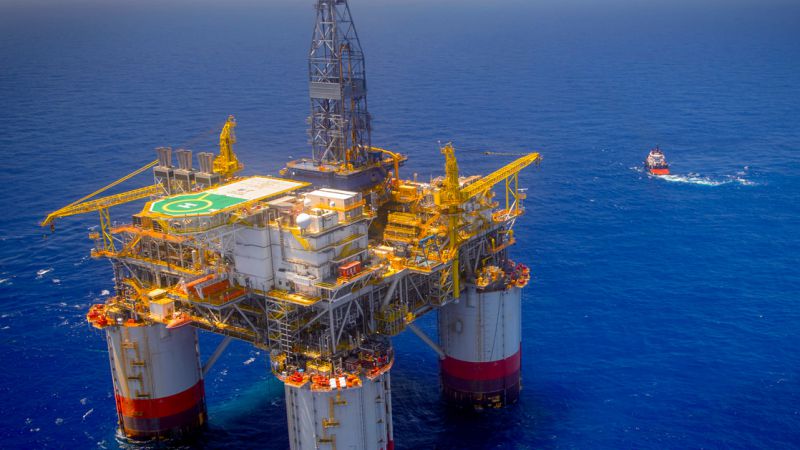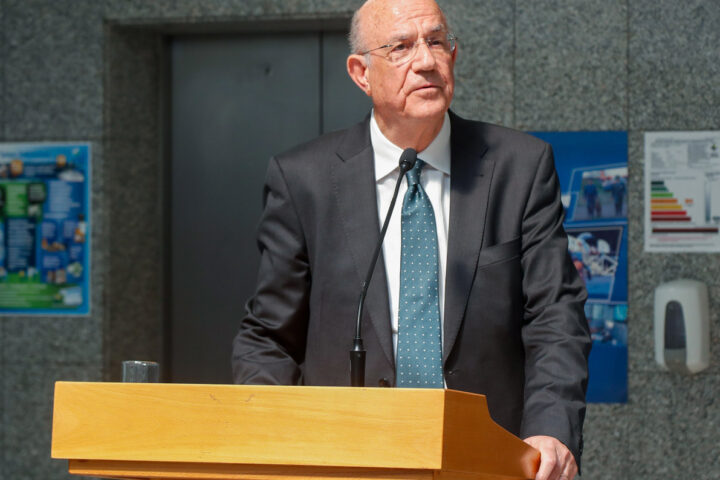By Charles Ellinas
The global economy is still growing – driven by the more affluent parts of the world as they come out of the pandemic – even if at a touch more slowly now. Consumers still appear to be more than willing to spend in the face of rising inflation and continuing COVID-19 infections.
An interesting article published on Yahoo! Finance by its editor Javier David provides a good explanation of the root-cause of what is causing the developing energy crisis.
David quoted Kenneth Leon, CFRA’s global director of equity research – one of the world’s largest independent investment research firms – as saying, “U.S. households are flush with cash and still track 45% higher than the 20-year average personal saving rate.”
Something similar is happening in Europe. This explains why, even as the Delta variant menaces restaurants, leisure and travel, many bank accounts are still in the green.
In fact, Bank of America CEO Brian Moynihan was recently quoted as saying that consumers have so much money to spend that current bank balances of people who, before the pandemic ran a balance of, say, $1,500-2,000, are now sitting with $6,000-7,000 in their checking accounts. Hence the willingness to spend.
Along with a labour market that, both in the US and Europe, has so many open jobs that it cannot fill them or create new ones, the willingness of people to keep opening their wallets – and spend – is one of several enduring mysteries of the pandemic-era economy.
All the more jarring is the fact that consumers are apparently splurging on goods that are taking far longer than normal to reach them.
Indeed, at ports all around the world, the great supply chain crisis has led to lengthening shipping queues and orders for products that can’t be readily fulfilled. Red hot demand is pushing up prices for commodities and goods, creating worsening supply bottlenecks.
Energy crisis
It is having a similar impact on energy driving demand and creating a global energy crisis, as supply is unable to meet the rapid increase in demand.
Power and natural gas prices in Europe are at near record highs. Crude oil appears to be following a similar trend, with the Brent crude now above $80/barrel.
From electronics and home supplies to food, companies can’t meet demand fast enough.
It is becoming increasingly apparent that a lack of available workers is leading to a dramatic slowdown in goods and services delivery, and both are adding to inflationary pressures, with Goldman Sachs estimating that the supply crunch translated into 80% of this year’s overshoot in prices.
All things considered, buyers and sellers alike can expect these problems to carry over into next year, offering no relief in the immediate term.
Increase in energy demand
This is bound to maintain the rapid increase in energy demand and prices high for a while yet.
As a result, in Cyprus the government should implement longer-term measures to assist vulnerable, low to medium income, households to cope with high energy costs.
Stop-gap, temporary, measures, such as EAC reducing the price of electricity by 10% for four months, are not the solution.
The funds required to do so are available.
The government collects millions of euros from the auctioning of emission allowances, the cost of which is passed to the consumer through higher electricity prices. Some of that should be ploughed back and used to assist low-income households to cope with the high cost of energy.
The rest should be invested in renewable energy projects, including electricity storage and upgrading the electricity grid so that it can accept more renewables.
Dr Charles Ellinas is Senior Fellow at the Global Energy Center, Atlantic Council










